In the heart of Yellowstone National Park, where steam rises from turquoise pools and the earth's crust whispers secrets through bubbling mud pots, scientists have discovered a living palette of microscopic artistry. The recent publication of the Thermal Spring Microorganism Chromatic Guide has unveiled a hidden world where extremophile microbes paint hot springs in surreal hues, rewriting our understanding of life's color spectrum under extreme conditions.
Dr. Eleanor Voss, lead researcher at the Yellowstone Thermal Biology Institute, describes these microbial communities as "nature's stained-glass windows." Her team spent seven years documenting 217 distinct chromatic signatures across 43 geothermal features. What appears as a simple emerald pool to tourists reveals intricate layers of pigmented bacteria when viewed through hyperspectral microscopes. The famous Morning Glory Pool, for instance, contains concentric rings of cyanobacteria producing carotenoids that shift from sunflower yellow at the edges to deep tangerine near the superheated center.
These microorganisms don't merely survive in boiling, acidic waters – they architect entire ecosystems through chromatic signaling. Sulfolobus microbes emit infrared fluorescence to mark territory, while Chloroflexus colonies synchronize color shifts to regulate pool temperatures. The Grand Prismatic Spring's rainbow effect, long attributed solely to mineral refraction, actually stems from microbial mats arranging themselves in precise light-absorbing gradients. "It's like watching a living photovoltaic panel," notes MIT extremophile researcher Dr. Raj Patel, "where nanometer-scale pigments harvest specific wavelengths for photosynthesis while creating visible art."
Beyond their visual splendor, these organisms hold groundbreaking potential for biomedical research. The violet Thermocrinis species found only in Dragon Mouth Spring produces a UV-resistant compound 300% more effective than current synthetic sunscreens. Meanwhile, the ruby-red filaments of Aquifex bacteria contain heat-stable enzymes already revolutionizing PCR testing. Pharmaceutical companies are racing to decode the anti-cancer properties of a cerulean biofilm discovered last October in isolated alkaline springs.
Conservationists warn that climate change threatens these delicate microbial tapestries. Rising temperatures have already bleached sections of Opal Pool's legendary cobalt crust, while increased tourist activity introduces sunscreen and microplastics that disrupt chromatic balances. The Chromatic Guide serves dual purposes – both scientific documentation and preservation blueprint. "We're not just losing colors," stresses UNESCO geothermal heritage director Klaus Werner, "we're erasing biological masterpieces that took millennia to evolve."
For photographers and scientists alike, the guide has sparked new appreciation for microscopic landscapes. Macro lens technology now reveals emerald Acidianus filaments resembling jade carvings, while electron microscopy uncovers garnet-colored Metallosphaera cells with geometric precision. Thermal drones map entire spring systems as pulsating color fields, creating datasets that merge ecology with abstract expressionism.
As exploration continues, surprises emerge. Last month, researchers discovered a previously undocumented ultraviolet hue in Whistler's Cauldron, produced by a novel archaea strain. This finding suggests our visible spectrum captures only a fraction of microbial artistry. With new extremophile species being cataloged weekly, the chromatic guide promises endless revisions – each page a testament to life's astonishing adaptability and beauty in Earth's most inhospitable corners.
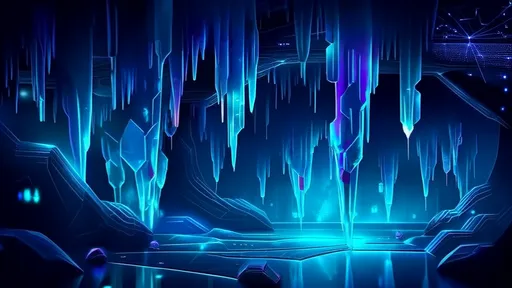
By /Jul 16, 2025
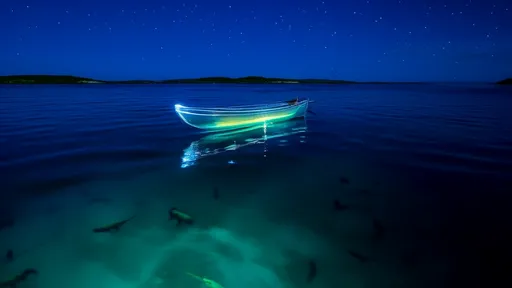
By /Jul 16, 2025

By /Jul 16, 2025

By /Jul 16, 2025
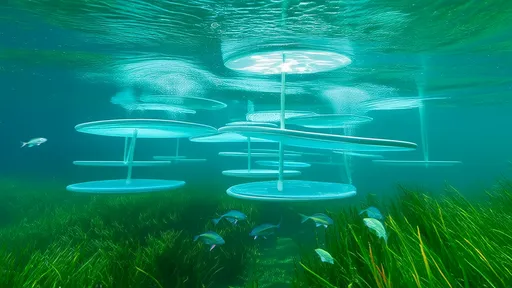
By /Jul 16, 2025

By /Jul 16, 2025

By /Jul 16, 2025

By /Jul 16, 2025
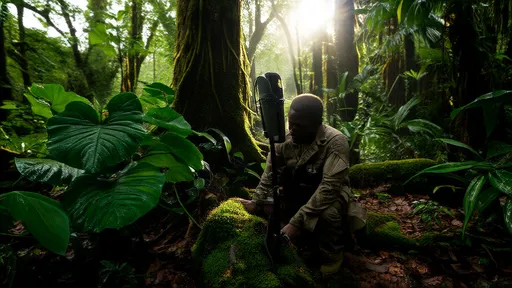
By /Jul 16, 2025

By /Jul 16, 2025

By /Jul 16, 2025

By /Jul 16, 2025

By /Jul 16, 2025

By /Jul 16, 2025
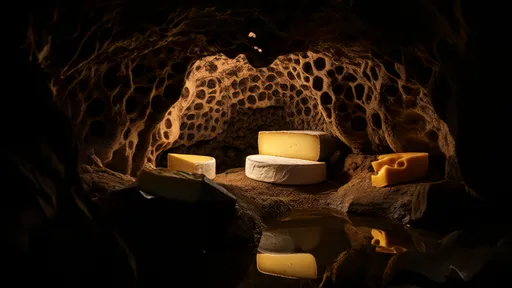
By /Jul 16, 2025
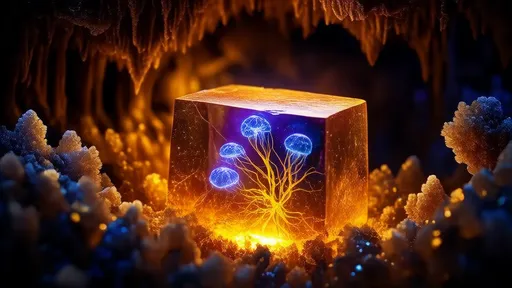
By /Jul 16, 2025
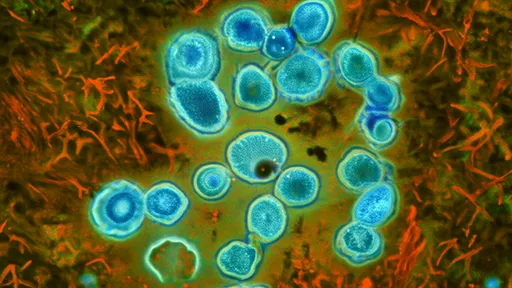
By /Jul 16, 2025
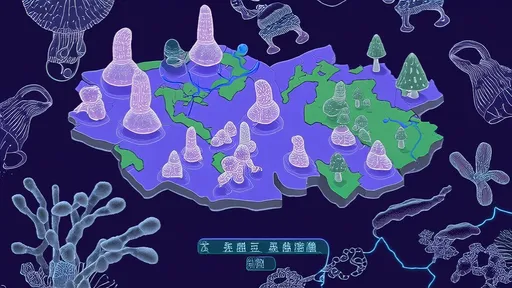
By /Jul 16, 2025